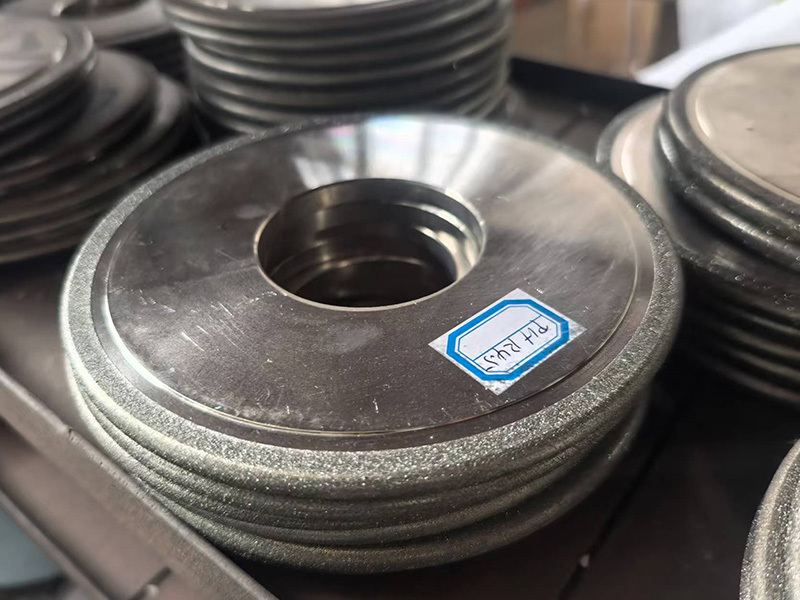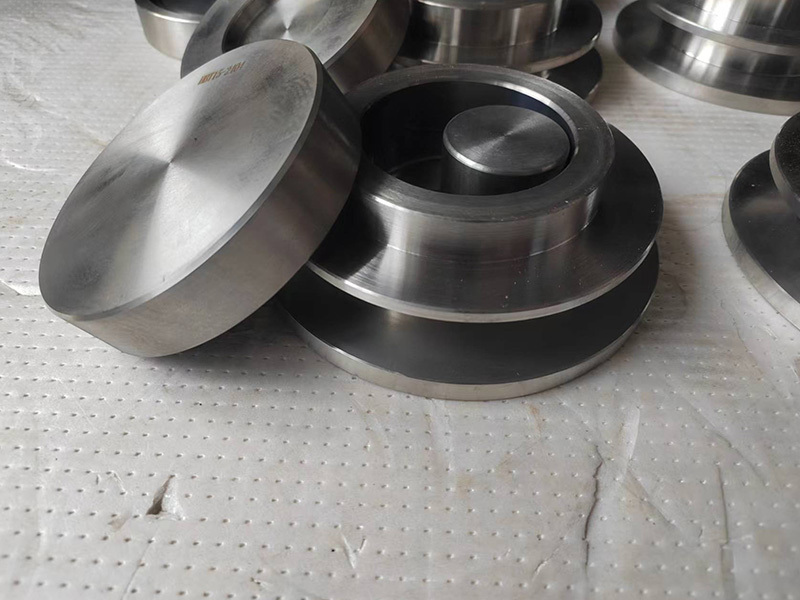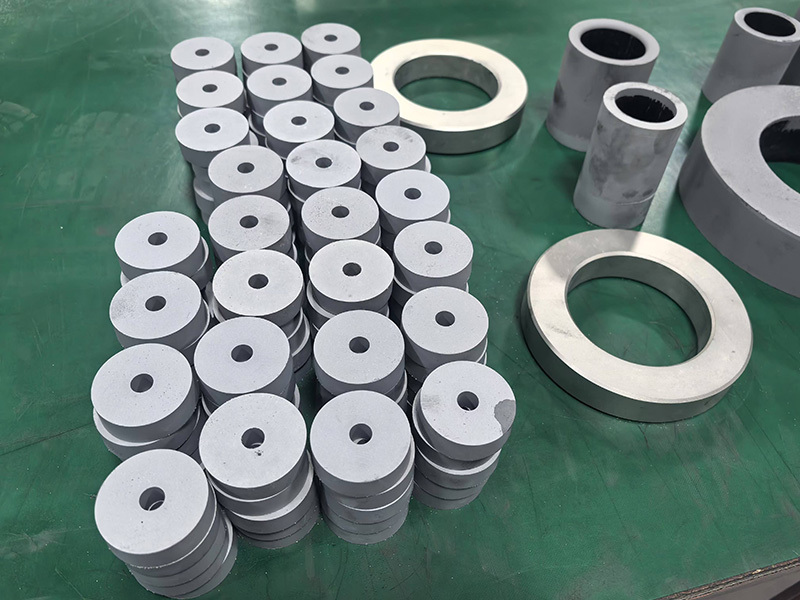Understanding Wire Drawing Dies: A Dive into Wire Drawing Dies
Unraveling the Mystery of Wire Drawing Dies
Ever heard of Wire Drawing Dies? It may sound like a mouthful, but once you break it down, it’s simply wire drawing dies! These nifty little tools play a pivotal role in the manufacturing industry, especially in the production of wires and cables. Let’s dive into this fascinating topic and discover why these dies are so essential.
What’s the Big Deal About Wire Drawing Dies?
So, why should we care about wire drawing dies? Well, for starters, they’re the unsung heroes behind the scenes. Without them, we wouldn’t have the robust and flexible wires that power our homes and gadgets. Think about it: every time you plug in your phone or turn on your lights, Wire Drawing Dies is likely involved in the process!
Types of Wire Drawing Dies
Now that we’ve established their importance, let’s explore the different types of wire drawing dies. There are several categories, each with its unique features:
- Conical Dies: These are tapered dies that allow for a gradual reduction in wire diameter.
- Flat Dies: Ideal for creating flat wires, these dies are often used in the automotive industry.
- Multi-Stage Dies: These combine several drawing stages into one, maximizing efficiency.
How Do Wire Drawing Dies Work?
Curious about the mechanics? Picture this: a metal rod is pulled through a die, which compresses the material and reduces its diameter while increasing its length. It’s like stretching a piece of taffy but with metal! The precision involved is astounding, and any slight miscalculation can lead to defects.
The Manufacturing Process
First off, the raw material is prepared, often cleaned and heated. Then, it’s guided through the Wire Drawing Dies where the magic happens. The temperature and tension are meticulously controlled to ensure the final product is just right. Finally, the wire is cooled and coiled for packaging, ready to be shipped off to manufacturers.
Applications of Wire Drawing Dies
From construction to electronics, the applications are virtually endless. Here are a few notable ones:
- Construction: Wires are essential for reinforcement in concrete structures.
- Automotive: From wiring harnesses to structural components, the automotive industry relies heavily on these wires.
- Electronics: Almost every electronic device contains wires produced using Wire Drawing Dies.
The Future of Wire Drawing Dies
As technology advances, so do the techniques and materials used in wire drawing dies. Innovations aim to increase efficiency and reduce waste, which is a win-win for manufacturers and the environment. Who knows? In a few years, we might see automated systems that streamline the entire process!
Sustainability Matters
With a growing emphasis on sustainability, manufacturers are also looking for eco-friendly alternatives in their materials. The future is bright, and we’re excited to see how Wire Drawing Dies will evolve!
Conclusion: The Unsung Heroes
So there you have it! Wire Drawing Dies, or wire drawing dies, may not be at the forefront of most people’s minds, but they are crucial to the functioning of our modern world. Next time you use a gadget or see construction happening, remember the little tools that make it all possible. Who knew that a simple die could have such a monumental impact?
Tags:
Related news










